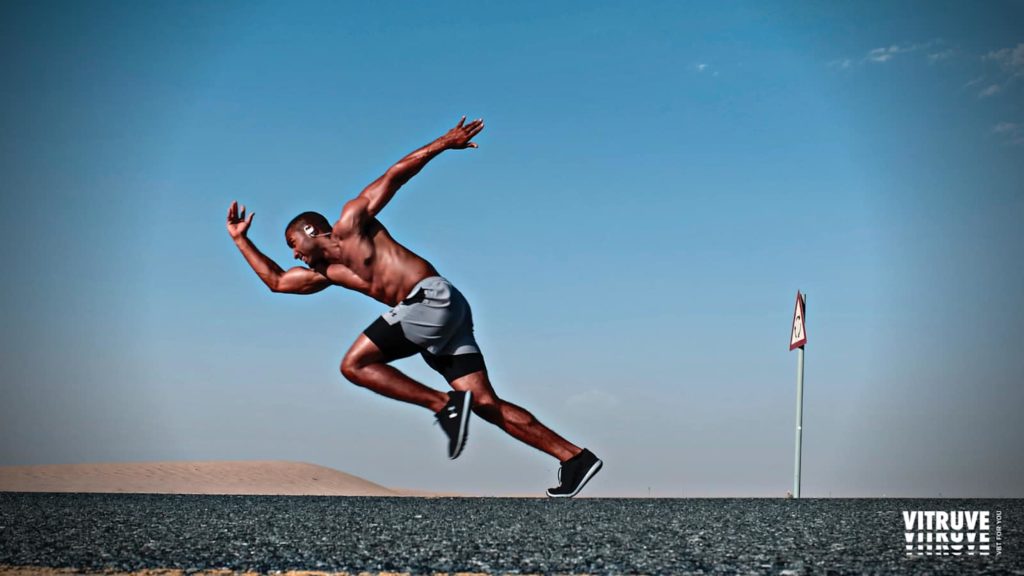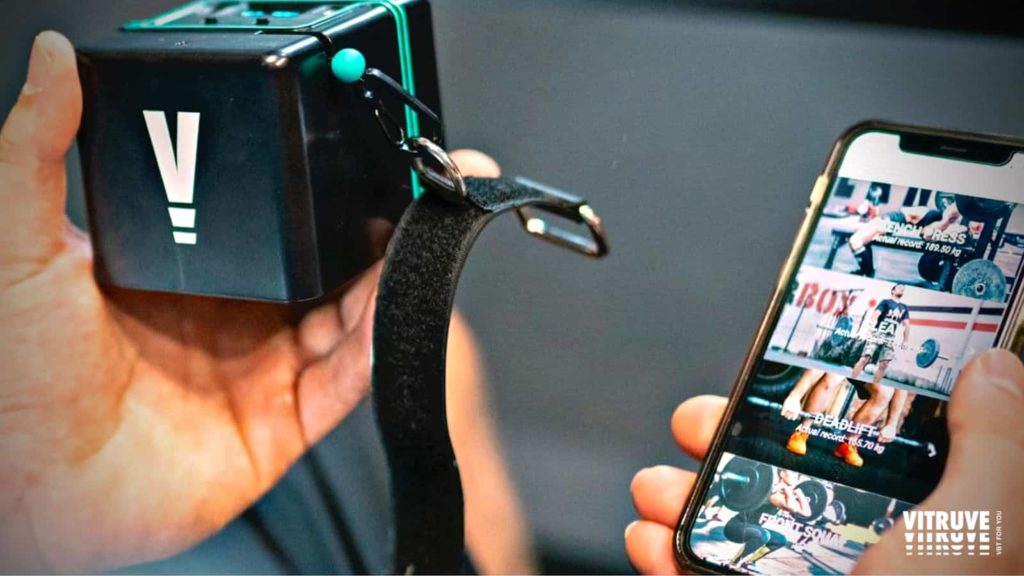25 de August de 2020
How to Get Faster with Velocity Based Training
Velocity-based training has gained traction among fitness trainers in this day and age. Although the concept of VBT is not new, it has become more prevalent due to technological advancements that have brought forward some pretty nice tools to monitor and manage training velocity. And this velocity measurement is both objective and precise.
The primary purpose of getting faster using velocity in different training programs is to get the following benefits:
- Determining and prescribing the required intensity
- Setting training zones
- Gauging athlete’s readiness
- Avoiding fatigue
- Estimating 1RMs
- Auto-regulating daily training
You can benefit from VBT whether you are an Olympic lifter, weightlifter, or professional sports athlete. In fact, this training modality is getting popular among high school athletes and individuals in private training facilities. In general, velocity-based training applies to every strength training and sports program.
Modern-day VBT training mainly involves using a piece of equipment called a VBT device to measure the speed of the barbell moved during a workout. This device exports data to a smartphone or tablet to notify the coach or athlete. The data from this device is used to make adjustments to training. Coaches also use this data to make long-term fitness decisions.
But, choosing the right equipment is imperative to get faster with your VBT without facing the risk of injuries. That leads us to the following question.

How to Get Faster with VBT Training?
Remember, there is no one way to make your VBT training truly effective. You may have to tune different variables and monitor different metrics to achieve your fitness goals. This performance measurement and adjustment may seem hard, but everything eventually boils down to learning well and implementing precisely. That is why robust coaching is still one of the most significant requirements for doing well with VBT, even if you use a high-quality VBT device.
Here are a few things you must consider to act fast with your VBT.
Getting Feedback and Enhancing Performance
If you are an athlete training on how to get faster with VBT protocols, the foremost thing you need is visual or verbal feedback. This feedback can come from a device or a person; your choice. In general, visual feedback is a better way to enhance performance. You will try to be faster next time with the existing weight.
Using Generalized Velocity Training Zones
A velocity zone is referred to as a mapping done to segment levels of strength based on velocity and 1RM percentages. While these zones are not the same for all athletes and exercises they perform, keeping in view generalized velocity training zones is a more appropriate approach. The benefit of using generalized zones is that these fit the requirements of most athletes.
Auto-Regulating Load
Auto-regulation is a method to make adjustments in the training program depending on an athlete’s performance. Now, setting velocity goals makes this process smoother, provided that accurate measurements are being used. With a velocity zone specified, the athlete will know what zones they can hit more conveniently. Failing to reach a particular zone or falling outside one will help the athlete immediately realize the need to increase or decrease the load.
The most significant advantage of auto-regulating your training regimen with velocity is that it helps overcome daily fluctuations in your maximal strength.
Using Drop-Offs to Manage Volume and Fatigue
While the main reason we are here is to discuss how to get faster with your training, being quicker shouldn’t always be the goal, particularly when fatigue starts overcoming the better of you. According to many researchers, using velocity drop-offs can be a nice way to counter fatigue.
And since not every athlete will start having fatigue after the same number of reps, coaches must set specific benchmark values.
Sometimes, there may be the need to auto-regulate velocity drop-offs. It means an athlete may perform fewer reps than usual to avoid fatigue if they had engaged in hard training a few days ago.
Creating Load-Velocity Profile
A load-velocity profile is referred to as the mapping of lifting speeds and a range of loads. Using this profile, a coach will know the current capability of an athlete and prescribe the speed and load to improve performance. In general, this profile is stable and can be relied upon for the entire session.

The Role of VBT Devices
If you want to gain the maximum advantage, you have to make sure that you have chosen the right VBT device. Some devices provide data that cannot be used for coaching. Some devices even miss repetitions, filling the resultant data gap with ghost repetition. Relying on such data can prove detrimental for an athlete.
In general, a VBT device comprises multiple core technologies that deal with the device’s accuracy, usability, and portability.
Accuracy is more vital than any other feature as you do not want your coach to come up with a training strategy based on wrong calculations. Analyzing inaccurate data leads an athlete to stop or push harder when it is not required.
Now, these calculation errors may be minor, and you might choose to ignore these errors just because the impact of every individual error doesn’t seem too significant. But you won’t like to ignore the compound effect of these errors. On top of that, these won’t be just tactical errors, as wrong calculations lead to wrong training strategies. As a result, you may end up being under-trained or over-trained after a few months of exercising.
At this point, you may wonder what the point of using VBT is when the risk of errors is higher. Well, the risk of errors is undoubtedly higher when the device you use is malfunctioning or has low-quality sensors. Having that said, using a high-quality VBT device can help you get your VBT goals without running into problems or complications.
One of the best devices that you can use to enhance your VBT performance is Vitruve. Coaches and athletes around the globe trust Vitruve with its training programs due to its accurate mean propulsive velocity and real-time feedback.

